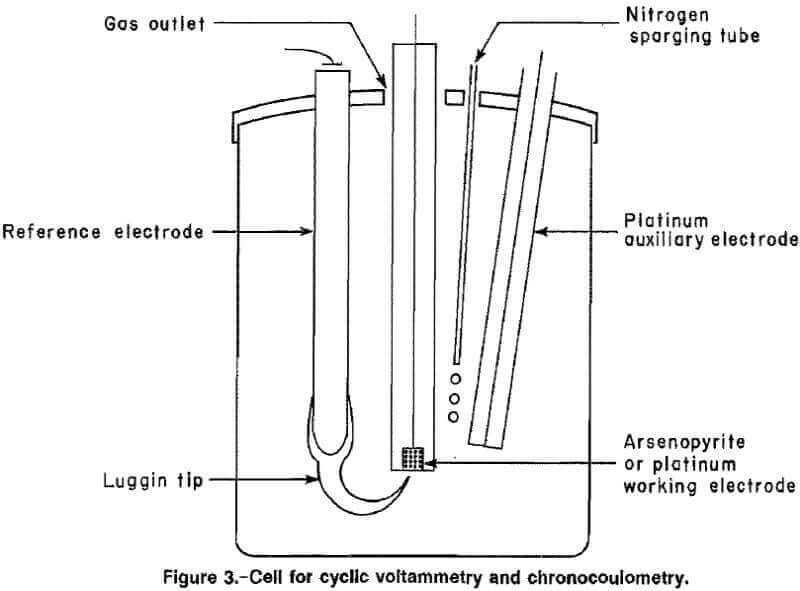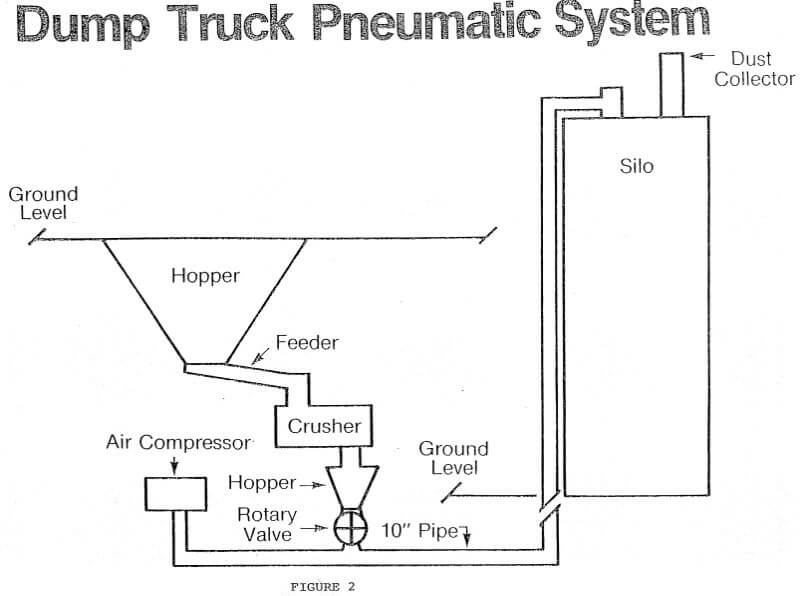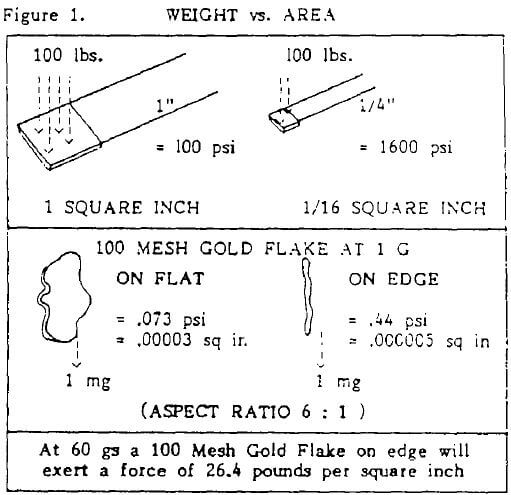Rock Grapple
A rock grappler is a claw shaped device used for picking up boulders. The grasping mechanism of a grappler is generally activated by a pneumatic or hydraulic cylinder, as shown in Figure 17. The cylinder is connected to each half of the claw and when activated forces the claw shut. Grapplers are used to remove […]
Rock Hammering & Rock Breaking
The rock hammering method of boulder breaking is a process of hammering the boulder by either a hydraulic or pneumatic hammer until the boulder breaks. The hammer is usually mounted on a boom. The motor, hydraulic pump, and oil reservoir are usually located near the boom. Figure 14 shows a typical hammer installation. The advantages […]
Rock Boulder Blasting with Explosive
Boulders can be broken up using either explosives or mechanical methods which can be implemented in many ways. Handling boulders hung up in crushers is inherently inefficient for the overall operation, and the techniques in handling them each have their own advantages and disadvantages. Table 4 shows a comparison of explosive boulder breaking techniques. When […]
Rock Boulder Exploding Techniques
Several products have come on the market in recent years that improve the safety of secondary blasting operations. The most significant of these are binary explosives, exploding bridgewire electric blasting caps, and nonelectric systems. Binary Explosives Binary explosives are two nonexplosive materials that become cap sensitive, high energy explosives when mixed. One part can be […]
Rock Boulder Crushers
In mining and quarryinq, the mineral commodity as present in the ground may be composed of rock blocks that must be reduced in size, to suit market requirements. The rock in place will be blasted, loosened, and then hauled away to the first processing step-size reduction. As delivered from the blasting area the rocks will […]
Arsenic Pyrite Gold Extraction by Alkaline Leaching

Gold mining uncovers more and more hydrothermal deposits in which gold mineralization is associated with sulfides and other compounds of base metals, arsenic, antimony, or tellurium. This type of mineralization frequently makes gold recovery difficult by conventional techniques, such as amalgamation, gravity separation, or direct cyanidation. Environmental aspects of processing these ores associated with arsenic […]
Magnetic Fluids Experiment
Man’s material wealth has usually started with fairly concentrated ore bodies that are mined, beneficiated, refined, and then manufactured into material objects. Following their use and abuse, the objects are discarded and wind up as spots of rust while the sources of raw materials become scattered haphazardly over the lithosphere. Mining and metallurgical sorting practice […]
How to Transport Lime

Lime is transported in large volumes by the three common surface modes, i.e., barge, railroad, and truck. Barge Transportation Barges used in lime transportation have a capacity up to 1,500 tons and 1,400 ton loadings are very typical. The hulls of the barges are double skinned and constructed with water-tight sections. This type of barge […]
Gold Centrifuge by Comparing it with a Sluice Box

Centrifugal separation of gold experienced a regain in activity with the advent of the Knudsen Bowl. This device appears extremely efficient in recovering fine gold, although very little published data are available. Installing a gravity plant increased overall gold recovery by about 3-4% in some plants. Gravity concentration was achieved with pinched sluices and 76cm […]
Extraction of Chromium from Chromite Ore
Chromium has a wide variety of applications in the modern world. Its major uses are in stainless steels and the plating of metals. Other important uses include alloy steel, heating elements, pigments, leather processing, catalysts, and refractories. Of the chromite ore imported into the USA, the metallurgical industry consumed about 59 pct, the chemical industry […]
